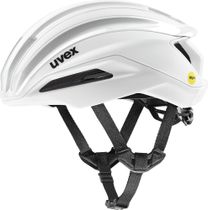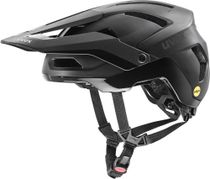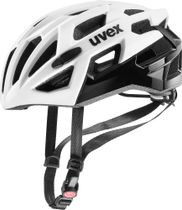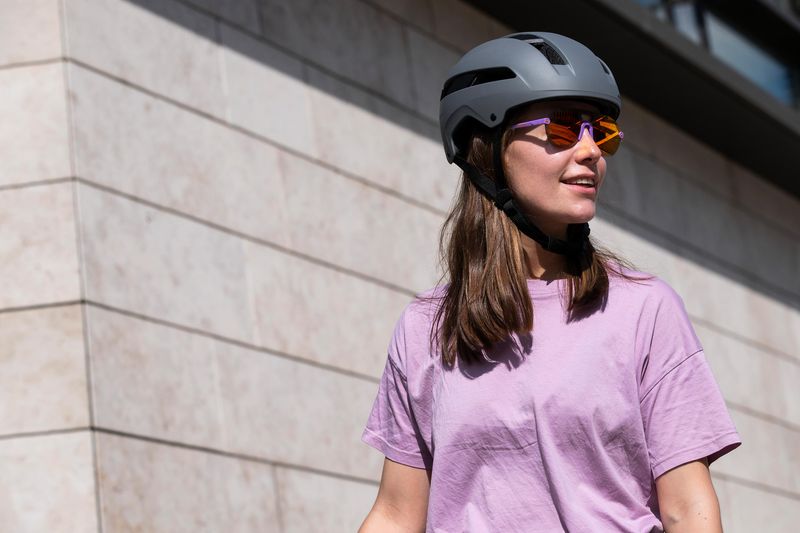Wie How do I choose the right bike helmet?
Even though there is no legal obligation to wear a helmet for adults in Germany, it is still recommended. Especially for action-packed cycling sports such as gravel or mountain biking, a bike helmet is even an unwritten must to guarantee your safety. But how do you choose the right model? We give a few tips to help you make the right choice.
It's all about the fit

A good bike helmet should fit as snugly as possible – but without being uncomfortably tight or wobbly. To find the right size, you need to measure your head circumference, as this is the basis for choosing the right size.
Important: The size charts can vary from manufacturer to manufacturer! It is also advisable to try out the size settings of the helmets. The width and length of many models can now be adjusted in a few simple steps.
Safety first

Another important factor is the safety of the helmet. This includes points such as material, certifications and area of use.
Helmets sold in Europe all have a CE certification, which proves that they comply with European safety standards. The following test standards must be met for this:
- EN 1078: the general certificate for cycle helmets
- EN 1080: the test standard specifically for children's helmets
Although the general test standard applies to all cycling helmets, there are still different types of helmets. For example, MTB helmets require completely different safety qualities than a regular helmet for short cycling tours.
When buying a helmet, you should also look for other protection systems, such as MIPS (Multi-Directional Impact Protection Systems). This system was developed for additional protection against concussions or other injuries in the event of an impact and is now standard on most helmets.
>> Discover safe helmets for kids




High-quality materials and good workmanship

Another safety aspect of cycling helmets is the material used. Most often, helmets are made of hard foam (EPS), as this has shock-absorbing properties. To prevent breakage, the helmets are moulded directly in one piece using the so-called "in-mould process". The thickness of the helmet varies depending on whether polycarbonate is used for the microshell or ABS (acrylonitride butadiene styrene) for the hardshell. Here again, it depends on the area of use.
What all cycling helmets have in common: a fastener under the chin. Whether it's a clip or a modern magnetic fastener, you should make sure that it is well-fastened and can be easily adjusted to the shape of your head.
In summary, you should consider the following three points when choosing the right cycling helmet: area of use, fit and safety qualities. The design can then help you decide between similar models. But the basic rule is: safety before looks!
>> Also discover suitable cycling clothing

